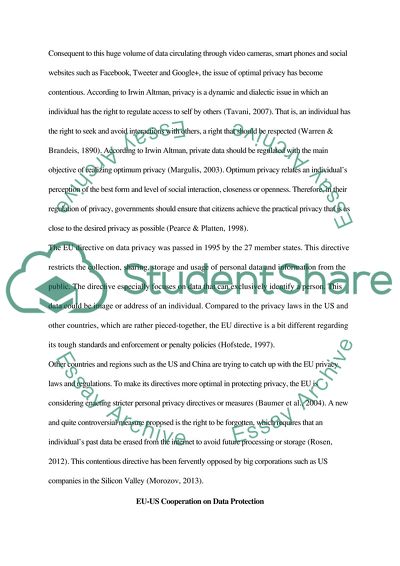Cite this document
(“The European Union: the Right of Privacy Dissertation”, n.d.)
The European Union: the Right of Privacy Dissertation. Retrieved from https://studentshare.org/law/1854917-is-the-recent-development-of-privacy-rule-contributing-a-united-yet-an-optimal-privacy-law-or-has-enlarged-the-discrepancy-between-countries
The European Union: the Right of Privacy Dissertation. Retrieved from https://studentshare.org/law/1854917-is-the-recent-development-of-privacy-rule-contributing-a-united-yet-an-optimal-privacy-law-or-has-enlarged-the-discrepancy-between-countries
(The European Union: The Right of Privacy Dissertation)
The European Union: The Right of Privacy Dissertation. https://studentshare.org/law/1854917-is-the-recent-development-of-privacy-rule-contributing-a-united-yet-an-optimal-privacy-law-or-has-enlarged-the-discrepancy-between-countries.
The European Union: The Right of Privacy Dissertation. https://studentshare.org/law/1854917-is-the-recent-development-of-privacy-rule-contributing-a-united-yet-an-optimal-privacy-law-or-has-enlarged-the-discrepancy-between-countries.
“The European Union: The Right of Privacy Dissertation”, n.d. https://studentshare.org/law/1854917-is-the-recent-development-of-privacy-rule-contributing-a-united-yet-an-optimal-privacy-law-or-has-enlarged-the-discrepancy-between-countries.


